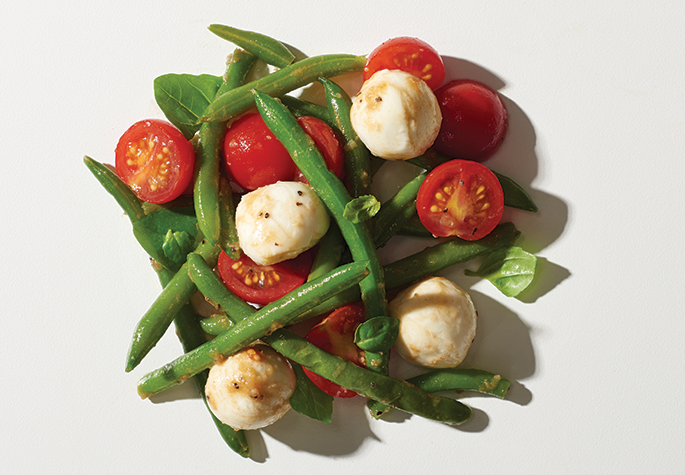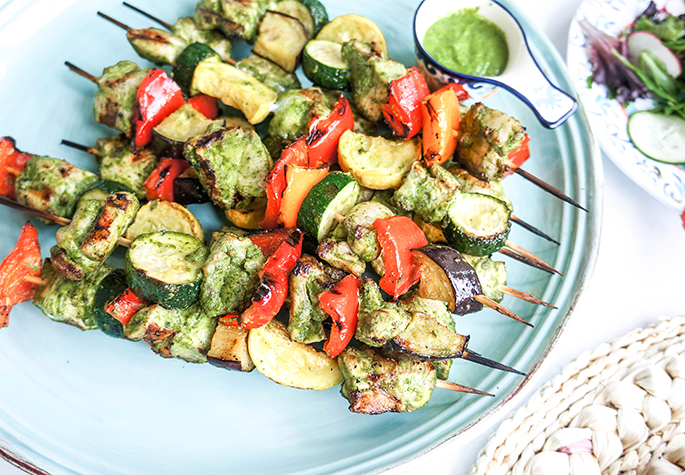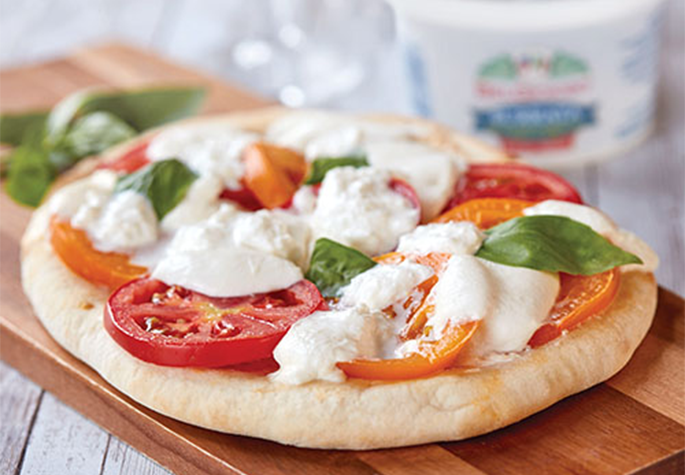
Cub Garden Center Closed for the Season!
See you next year!Shop Timberline Mulch
Minnesota made mulch in-stores or online
Mulch does more than just improve the look of your garden — it’s a multi-tasking miracle for busy gardeners. Mulch acts as a protective barrier against the forces of nature that make it hard for plants to thrive. Mulching stabilizes soil temperatures against cold and heat, keeping your plant’s roots happy. When you mulch you also ward off weeds and promote moisture retention.
Build Your Perfect Planter in 3 Steps
Summer is practically here, which means it’s time to freshen up your outdoor spaces. Stop by the Garden Center to pick up everything you need, then follow these steps and you’ll be on your way to building your perfect planter:
1. Pick a Vessel
When selecting a planter, it’s important to consider what your plants will need from their new home. Plastic planters are non-breakable, easy to clean and low in cost, but might not be appropriate for plants that require a lot of drainage. Terracotta planters are ideal for plants that require a slower release of moisture, as the material likes to absorb water. Ceramic vessels are heavy, sturdy and generally have built-in drainage, making it a great choice for an outdoor planter.
2. Lay a Base
Now that you have your new home selected, it’s time to start filling your planter. Choose a soil mix that fits with the needs of your plant. Most outdoor flowers benefit from peat moss-rich dirt. A layer of mulch or rocks at the bottom of your planter can help the soil to drain. When adding soil, keep the dirt loose enough that the new roots of your plants can easily grow and anchor themselves.
3. Add Your Plants
Now you’re ready to add your flowers and greenery! When choosing plants, pick ones that enjoy the same level of sun; for example, avoid mixing sun-loving plants with those that love shade. You’ll also want to pair plants that like the same level of moisture, too. Don’t overcrowd your pot—leave your plants plenty of room to grow. Once your flowers are planted in the soil, add a final layer of mulch to help keep your soil damp and firmly in place.

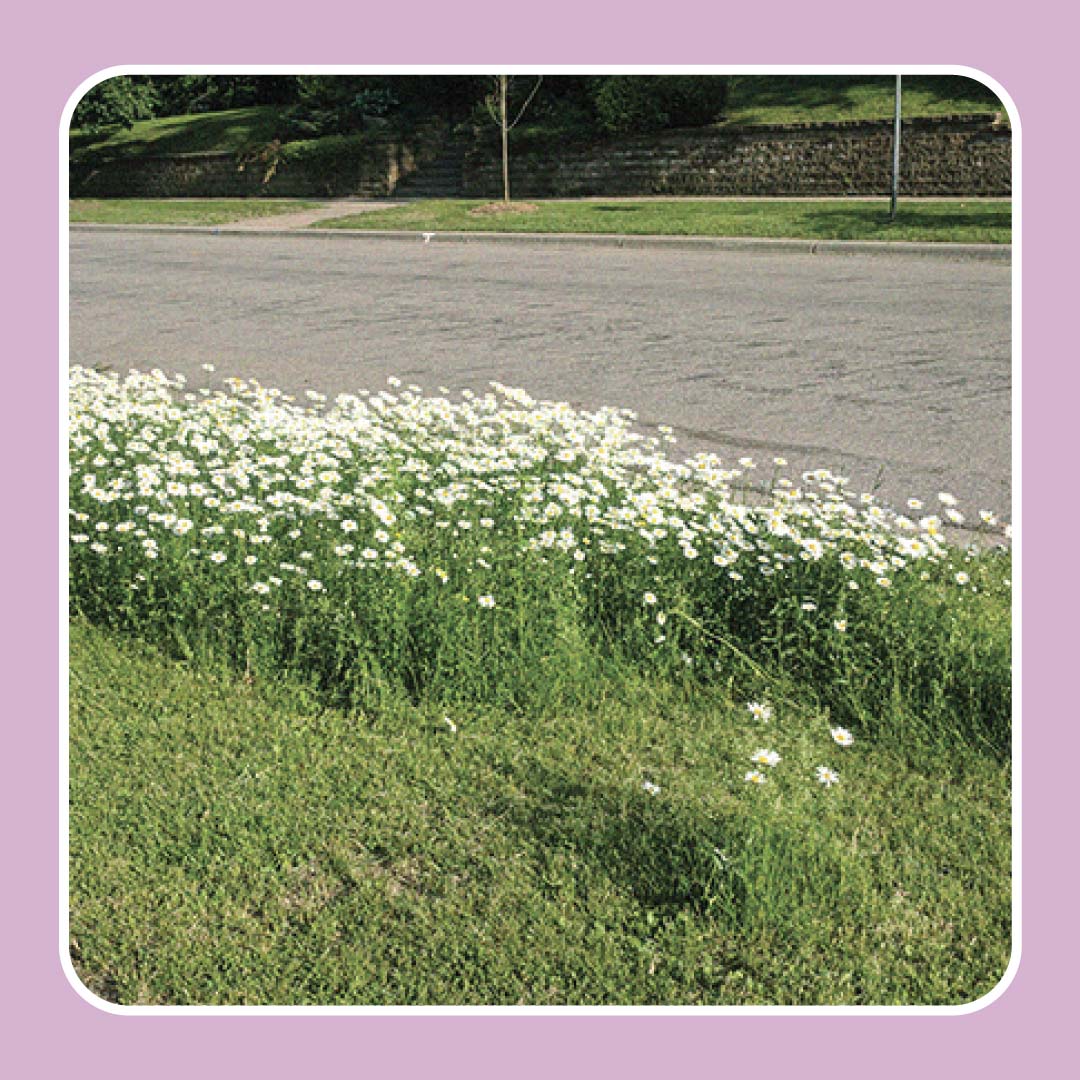
Is No Mow May for me?
No Mow May promotes flower growth for early season pollinators, but there are ways to maintain your lawn in May & help the bees! No Mow May can stress your lawn and create unmanageable yard waste, so we recommend trimming your lawn only when needed and setting your mower to the highest setting.

When should I water?
Get your hands dirty and check the soil around your plant to learn if they need water. You can skip the water if the soil is moist under the top inch of soil, but your plant is thirsty if the soil is dry two inches below the surface. Good to know: Plants grown in containers will dry out faster than ones planted in garden beds.
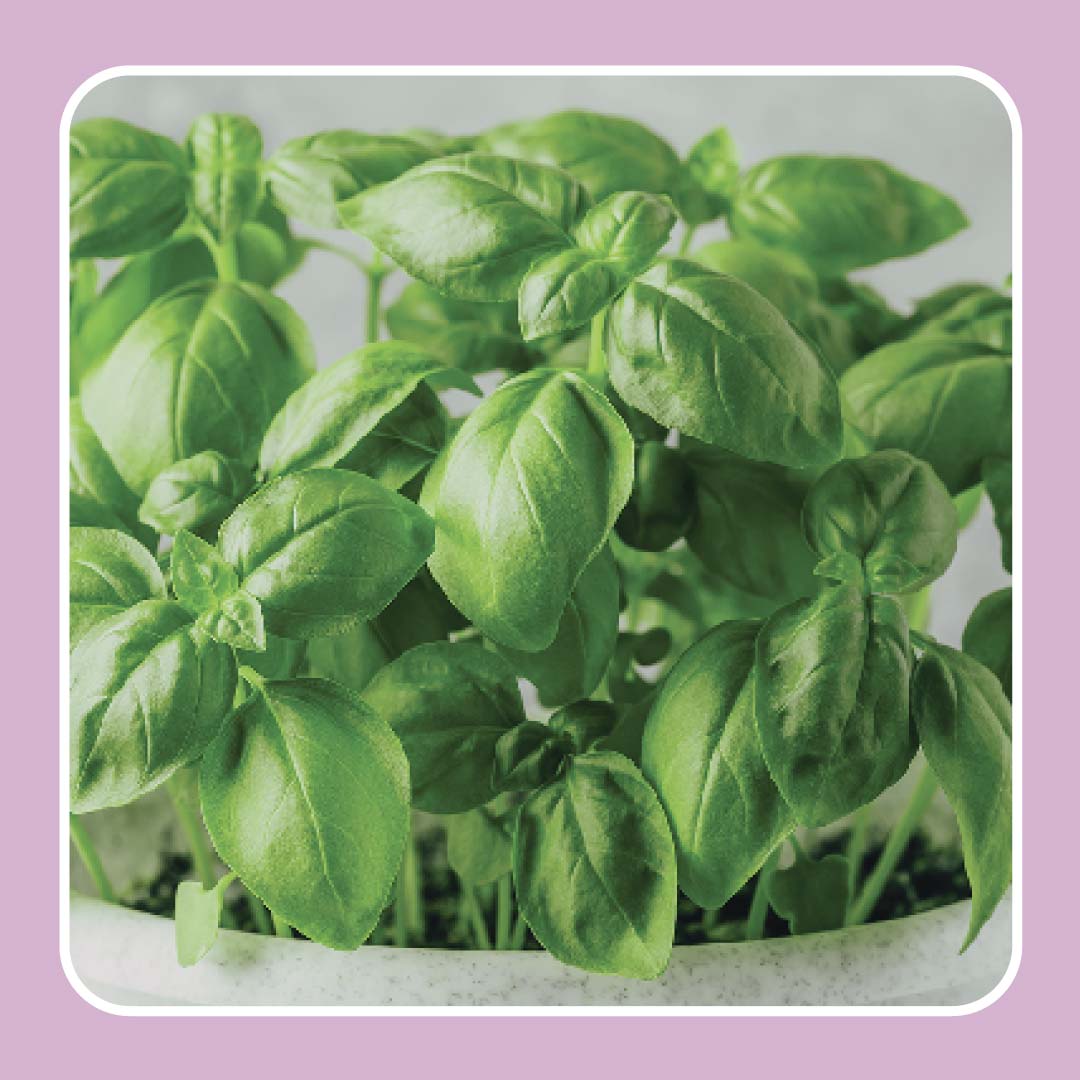
Can I take leaves from my basil plant?
Basil plants are happiest when pruned regularly! Harvest fresh leaves for your kitchen at any time. Snip young leaves as needed or trim a whole stem (but cut above the bottom two leaves). Good to know: Basil plants should be pruned regularly to avoid becoming woody or flowering, which will yield bitter leaves.
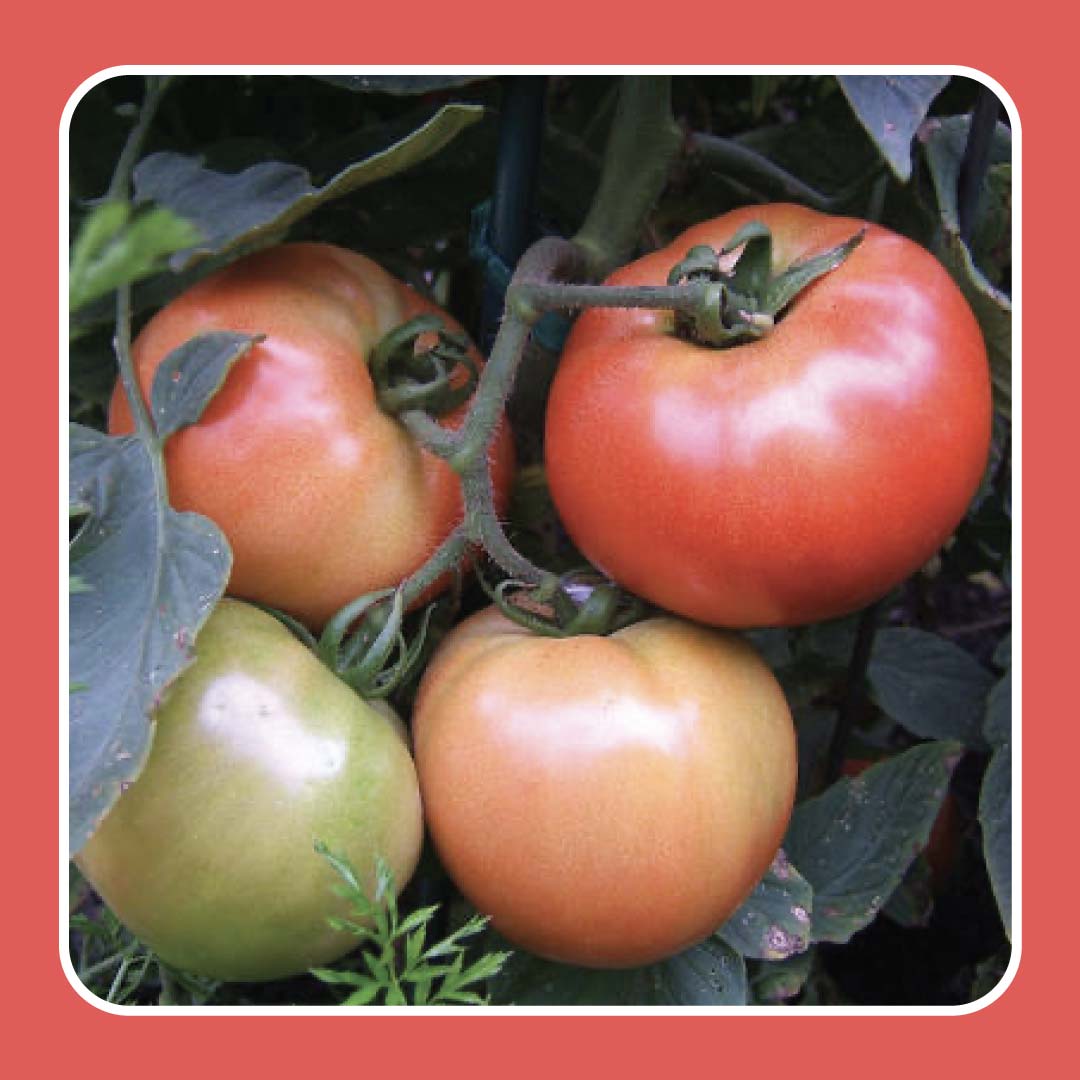
How do I grow top tier tomatoes?
Minnesota’s hot, long summer days are perfect for growing tomatoes. Increase your yield by planting tomatoes well suited for your yard and care habits. Is low maintenance care your style? Plant bush tomatoes. Do you envision a fairytale garden with a tomato trellis? Vining tomatoes will love you. All tomatoes thrive with consistent moisture levels — but avoid sprinkling water on leaves, blossoms, and tomatoes to avoid disease and rot!

What plants are popular with pollinators?
Bees, butterflies, and other pollinators are critical to the health of our food system and plant diversity! Make your yard a popular pitstop for these friendly superheroes with turf grasses, clover, and plants like coneflowers, marigolds, lilacs, rose bushes, apple trees, and more.
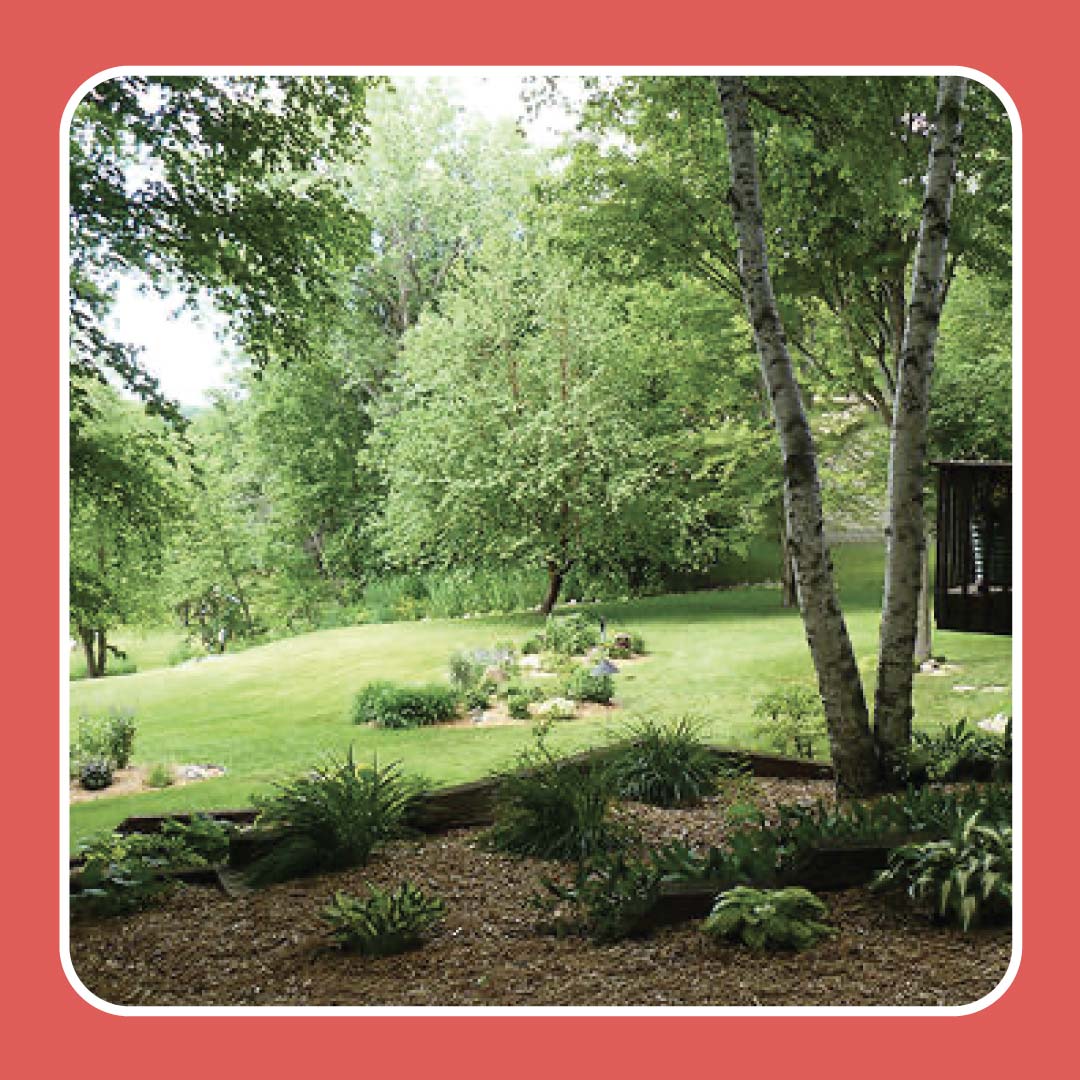
How do I prepare my garden for summer?
As the temperatures rise and the days grow longer, it’s best practice to prep your garden with a few simple tasks. Water container plants daily, and water deep. Plant cover crops in large open spaces in gardens and garden beds to slow down erosion and nutrient loss. Slow down lawn maintenance until August to train your yard. Lastly, keep an eye out for pests! Don’t let them set up shop for the season in your garden.
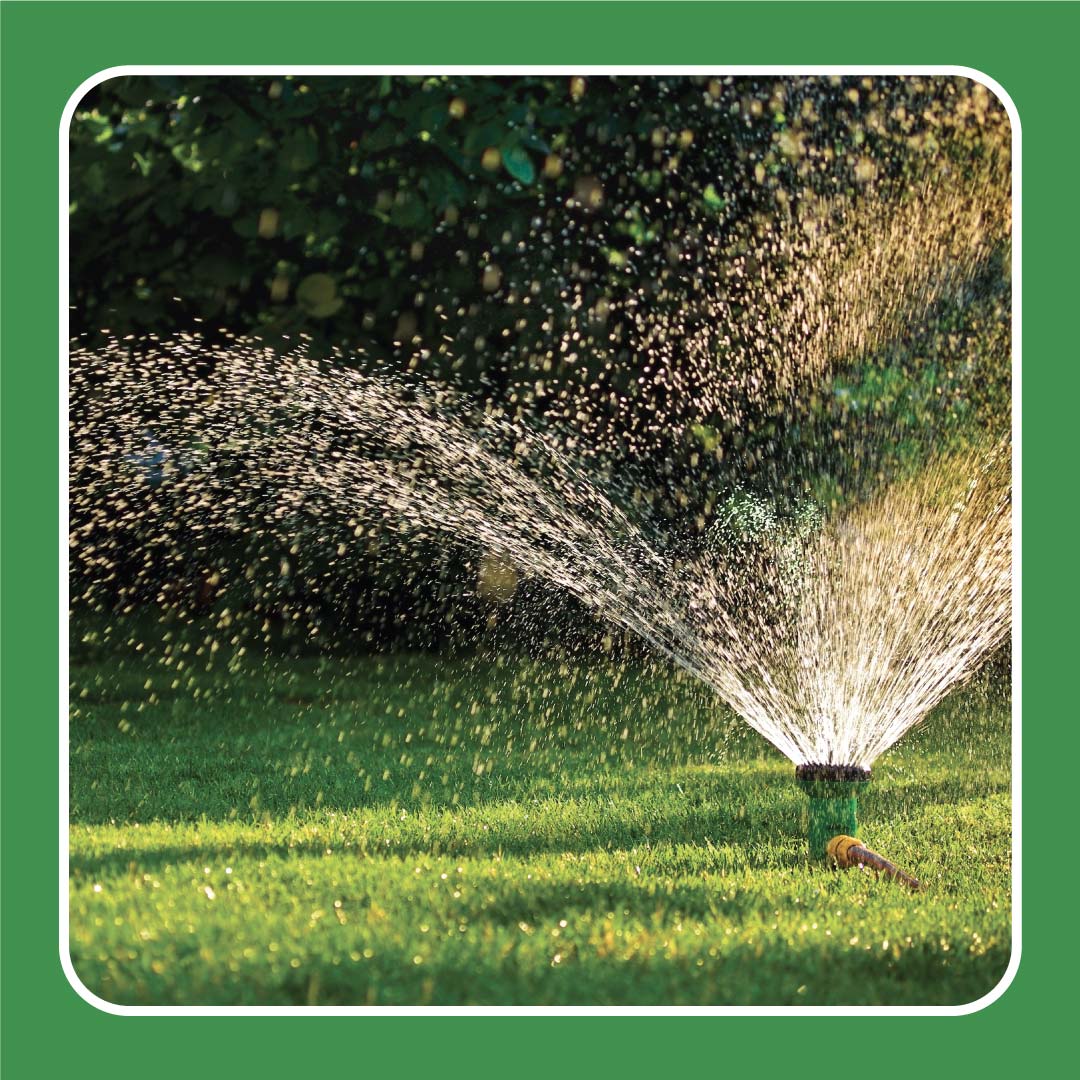
Can I save water while caring for my lawn?
Managing the water bill and your yard’s needs in the heat of summer is a balancing act! Conserve water and care for your lawn by planting drought tolerant grasses like Kentucky bluegrass and perennial ryegrass. Encourage deep rooting by watering as infrequently as your lawn can tolerate. Daytime sun and heat will evaporate water before your grass can drink it, so water in the mornings.
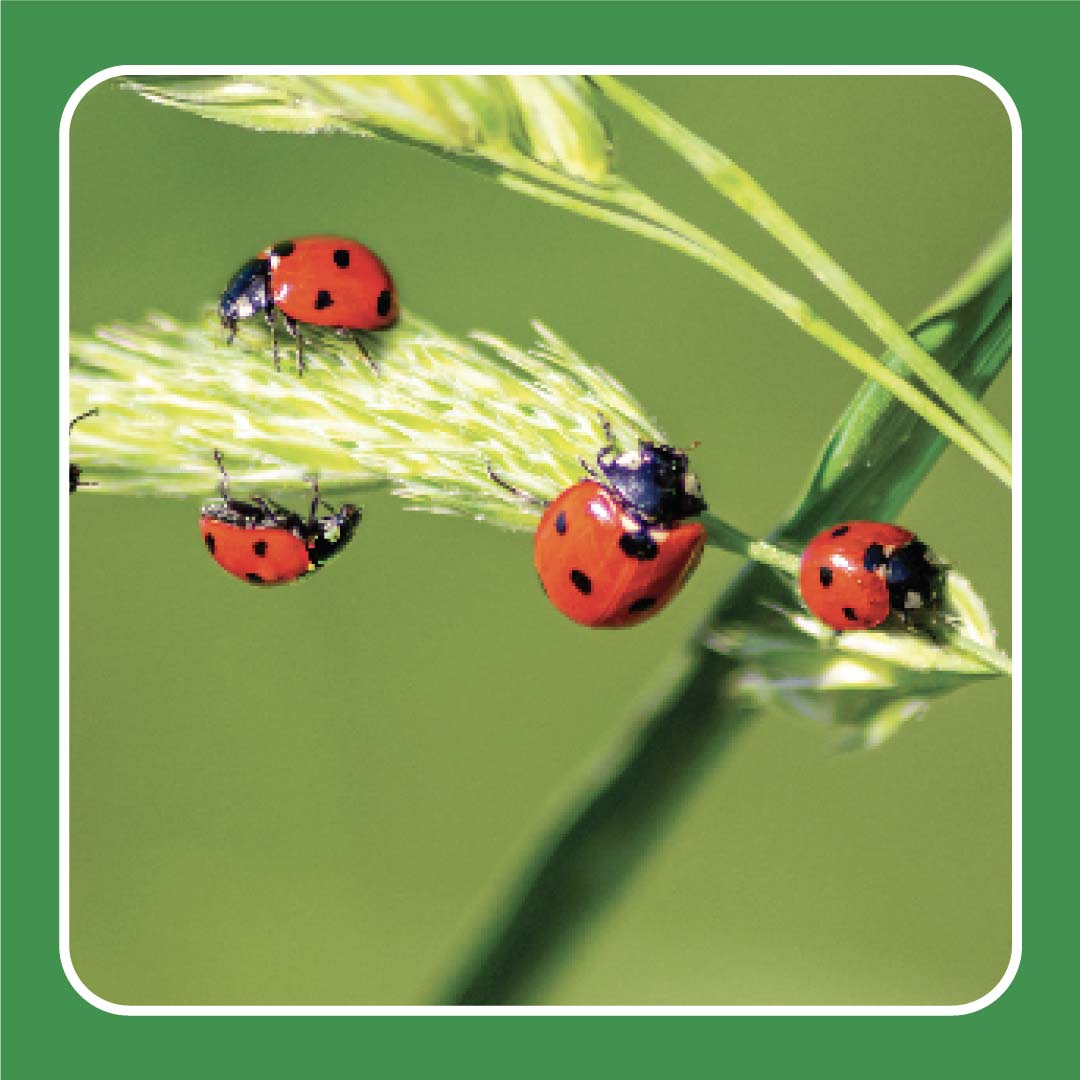
Garden bugs: friend or foe?
Of the 5 million species of insects in the world, only 1-3% of them are pests. Most bugs you see are passing through your garden without snacking on your plants. Determine if a bug is causing reason to worry by inspecting your plant. Is your produce being eaten? Leaves looking ragged? Use context clues to identify your pest and research holistic ways to deter them from your garden.
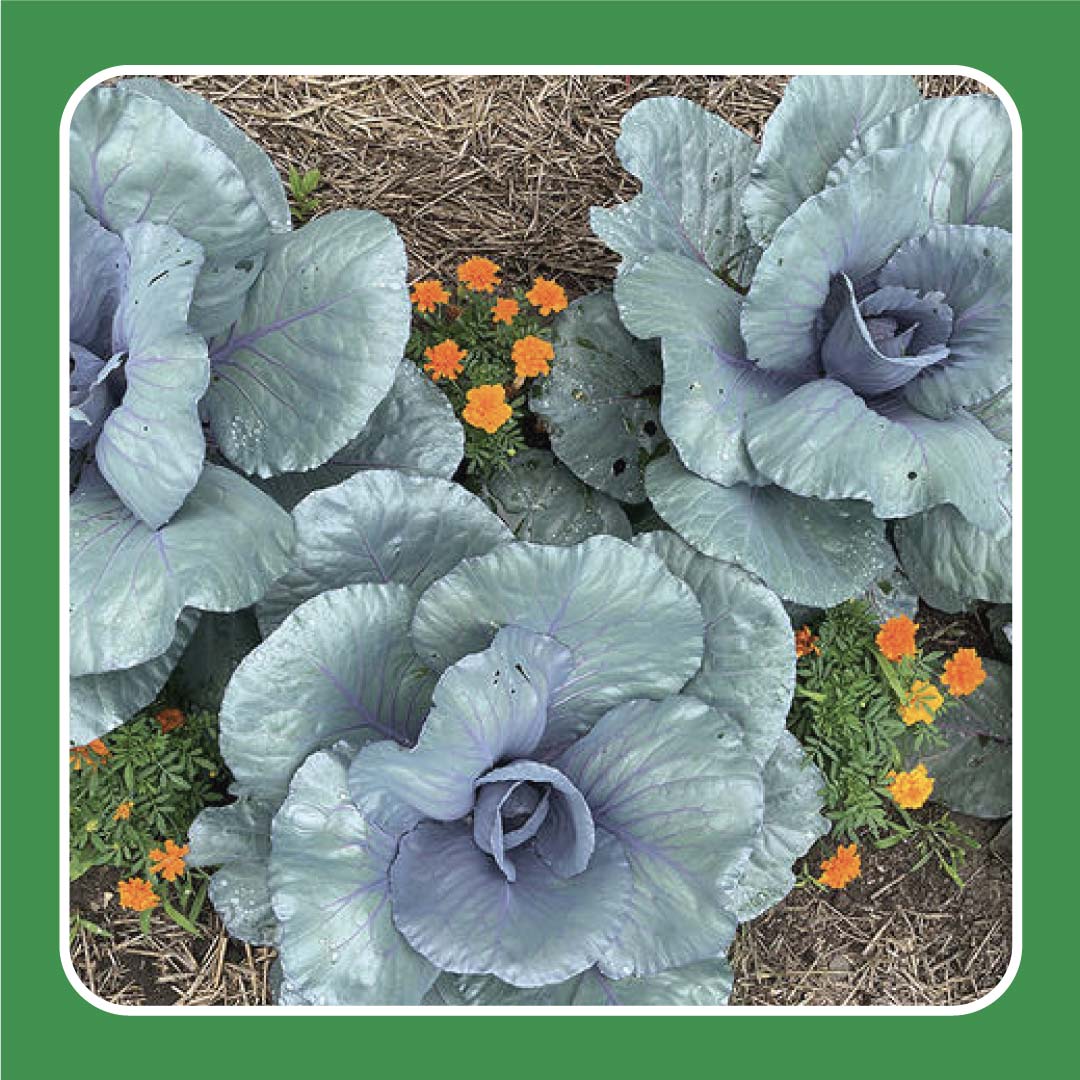
What can I plant mid July?
If you've got room to spare in your garden thanks to an early harvest, we collected a list of fast growing plants to fill in the gaps! Brassicas like broccoli and kale will be ready in fall thanks to hot summer days. Leafy greens like spinach and chard are a great choice for July planting—even if they don’t fully mature, young leaves can be harvested before a freeze.
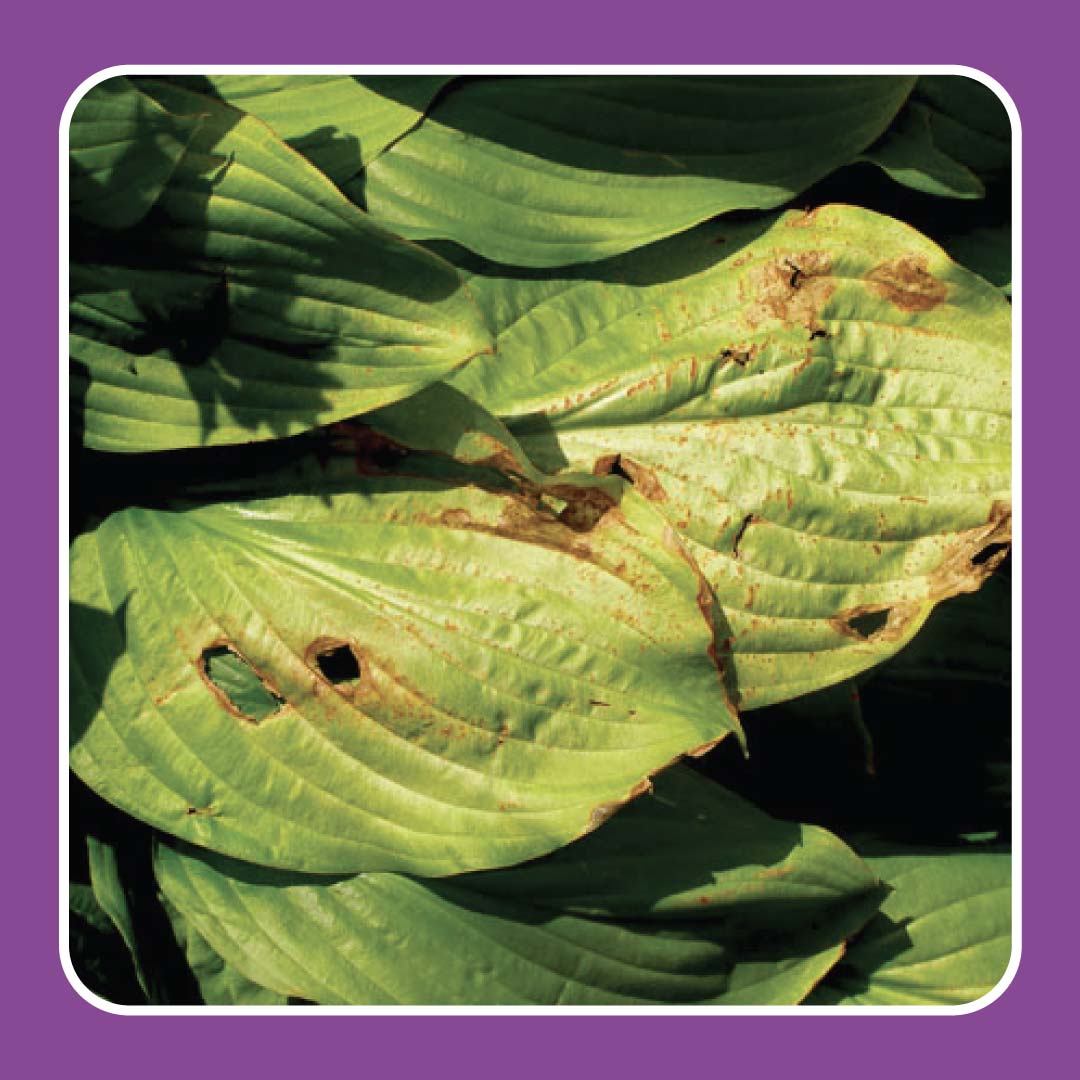
What happened to my hosta?
Low maintenance as they come, hostas are a popular garden plant in Minnesota thanks to their hardiness and versatility. However, they are still susceptible to sun damage, disease, and more. The best way to diagnose your plant’s problems is by taking a good look at their leaves.

Should I clean my garden tools?
Gardening gets dirty, but that doesn’t mean your tools need to stay that way! Dirty tools and pots can spread bacteria, fungi, and viruses. Remove dirt from your tools with a stiff brush and take a power washer to stubborn soil. Be sure to sanitize your tools with the appropriate solution for the material.
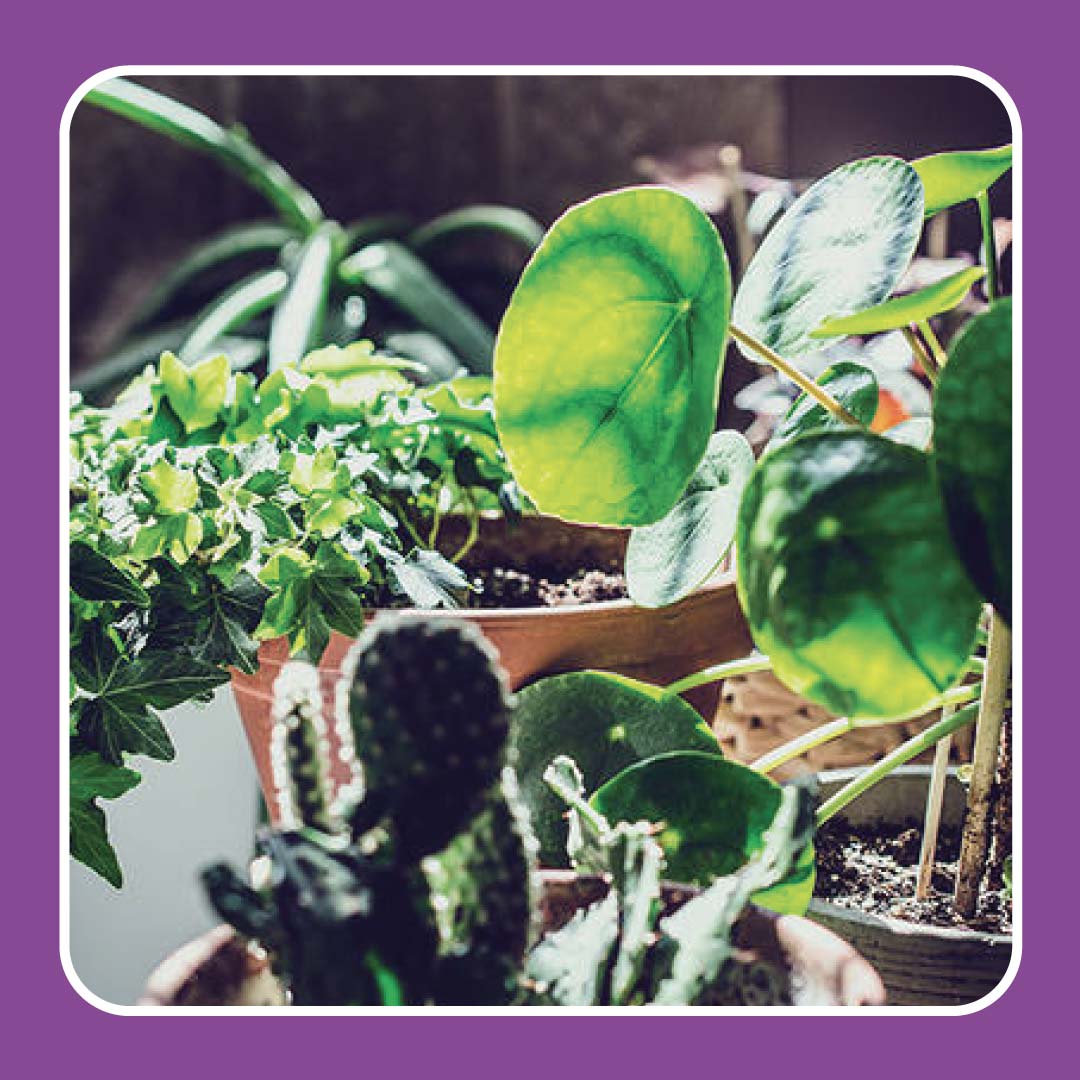
What should my houseplants come back inside?
Though many houseplants thrive outside in the summer, Minnesota’s dropping temperatures can cause damage if left outside too late into the season. When temperatures dip down to 40-50 degrees Fahrenheit, it’s time to bring your plant babies back indoors. As their environment will change drastically, avoid shock by taking it slow. Gradually acclimate them to being indoors.
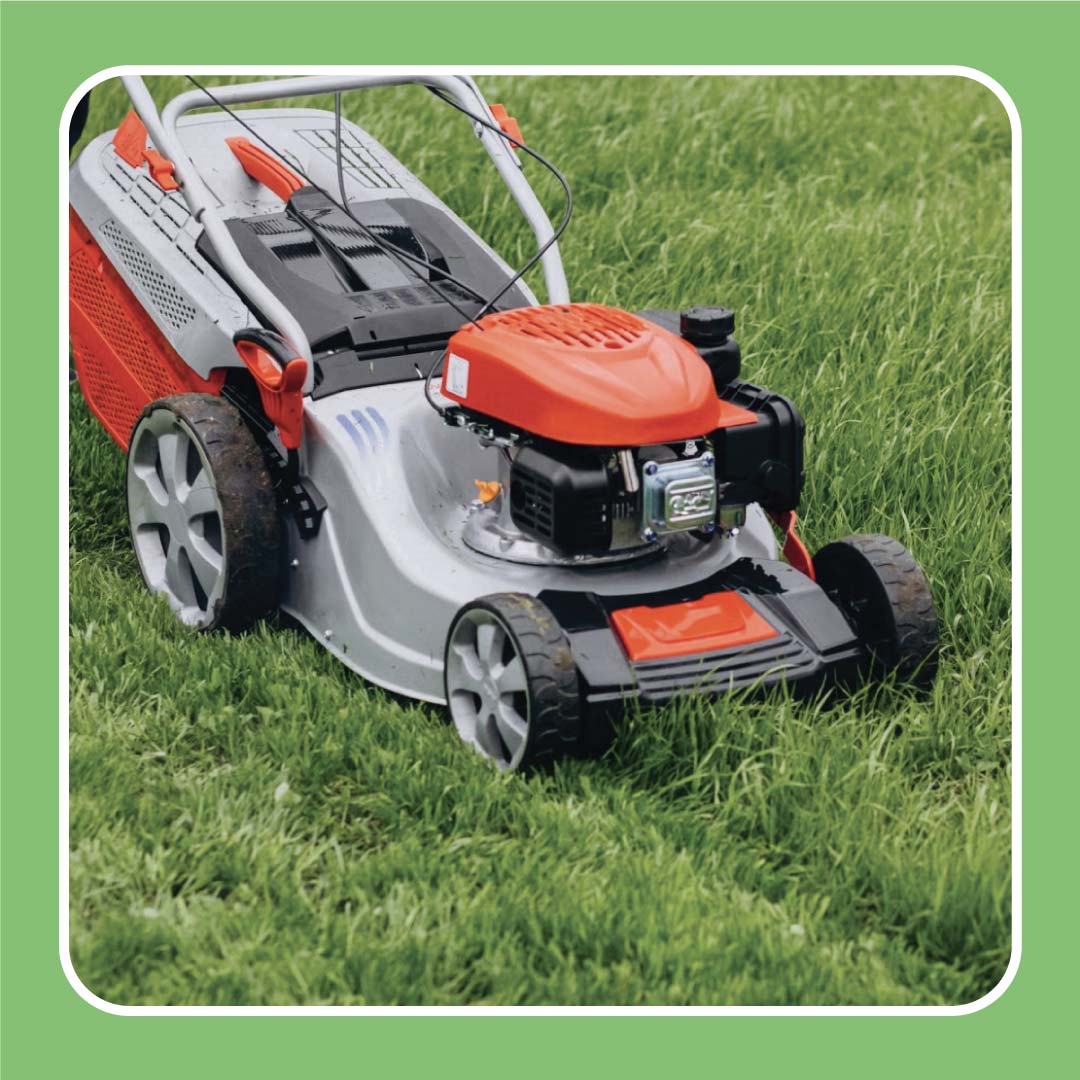
How do I prepare my yard for fall?
Do these three things now to ensure a happy, healthy yard next summer! 1. Deeply water your yard 2-3 days before dethatching or aerating your lawn. 2. If you’re overseeding this fall, do it early enough to let the roots mature before winter. 3. Fertilize in early September to add nutrients to repair the soil after summer.

What can I do to protect my plants for the winter?
With cooler temps around the corner, here are a few steps you can take to protect your plants this winter. Avoid becoming rabbit food by building enclosures around thin-barked trees and shrubs. Install tree guards on young trees to ward off sun scald and frost cracks. Lastly, avoid pruning in September as new growth will be too delicate to survive the cold.

Should I wait to pick apples until after the first frost?
Apples can be picked and enjoyed before the first frost! Pay attention to apple variety, color, and texture to determine ripeness. Some varieties like the State Fair apple are ripe as early as mid-August while others like the Keepsake apple may not be ready until October. Ripe apples should be sweet, non-starchy, and mostly red.
Growing Tips
Leave Room to Grow
While it may be tempting to stuff your planters to the brim with beautiful blooms, remember that you’ll want your flowerpots to look pretty all summer long, so you’ll need to give those flowers some room to breathe. If packed too tightly, your plants could get stressed and suffer. Space flowers a few inches apart when planting.
Annuals vs. Perennials
Depending on what you want out of your plants, you’ll want to be mindful about what type of flower you choose. Annuals will only last for one growing season, while perennials will last much longer. Annuals will go through their whole lifecycle over the summer, blooming and dying all in one season. The perennial life cycle is much longer, 3-5 years, and can generally withstand all four seasons. While they are pricier than annuals, the payoff lasts much longer.
Sunlight Matters
Before your put your flowers in the dirt, make sure that you’re pairing plants that enjoy the same level of sunshine. Some plants thrive in full sun, while others prefer shade. Pay attention to what level of sunshine you place your planter in and give your plants a leg-up by putting them in their favorite sunny spot.
Garden to Table Recipes
Garden Center Locations


